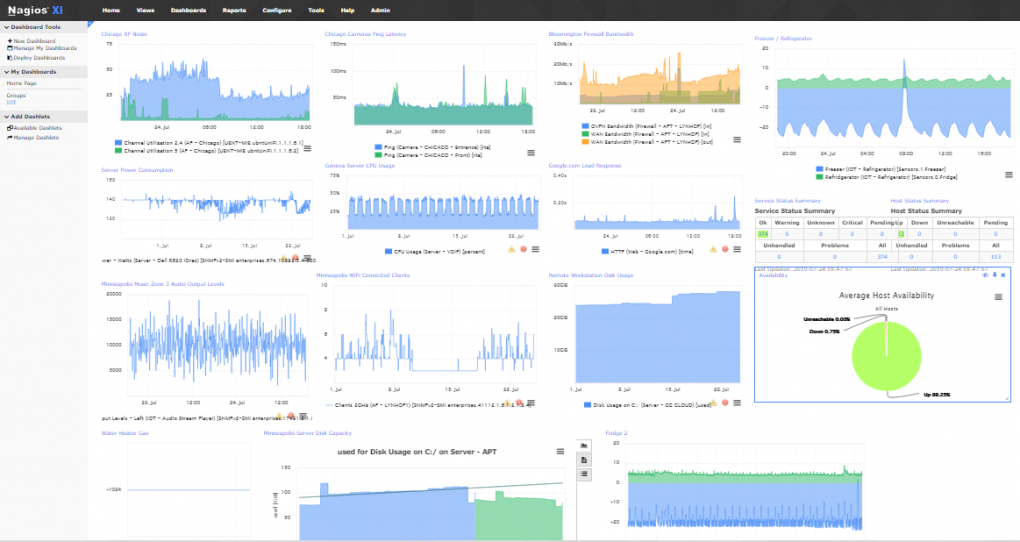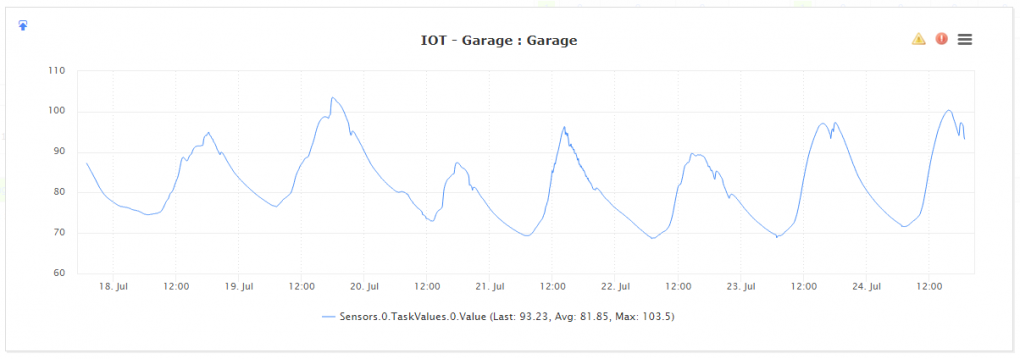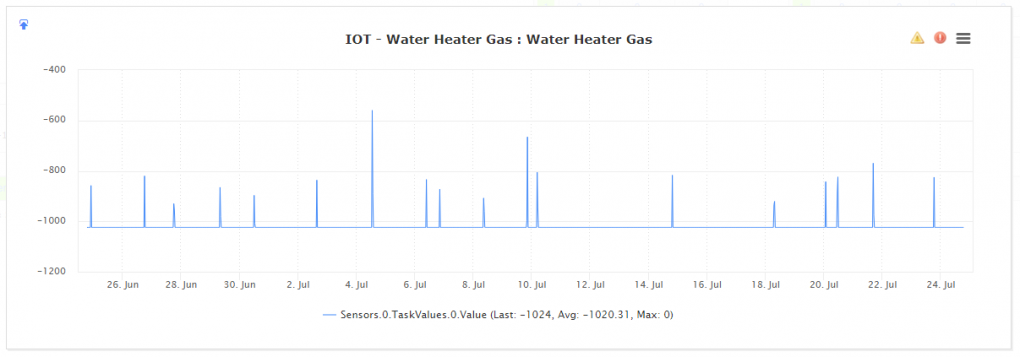Why I Use Nagios XI To Monitor My Network
Earlier I wrote an article about my uncommon residential network setup consisting of many homes connected and managed through the use of enterprise hardware. As this network grew, so too did the need to keep everything online 24/7 and low maintenance. Monitoring software sends alerts on the immediate or outstanding issues, yes, but it is also another tool in the garage to troubleshoot with. Having granular insight on everything under one interface via Nagios XI has allowed me to predict and resolve issues weeks and months out before I have to spend actual time on repair.
My residential network has grown to the point where it is technically larger than some of the infrastructure I supported in commercial environments. The only way I can maintain it is by having a flexible IT monitoring solution.
The Research/Testing
Over the years I have tested, deployed, and supported many variations of monitoring and management solutions. For home use, I wanted something that I had familiarity with, but also something that could extend beyond the use-cases of data centers and network racks.
I spent many days and weeks testing and stretching the limiations of many monitoring solutions. I spun up several instances of Zabbix, Nagios XI, OpsView, PRTG, and SolarWinds with the hopes that I could find something that not only allowed me to monitor and send alerts if something was up or down, but also generate handy reports and integrate with devices uncommonly found in an office. Many of the software titles had a difficult to navigate interface, heavy and resource intense agents, locked-in features, and limits in how flexible the data could be used or collected. When a solution felt like it could be easy to implement and had a pleasant out-of-the-box feel, it more often than not resulted in the lack of customization.
Nagios XI over Core?
There is a substantial difference between Core and XI. At this point, I’ve learned there’s absolutely no reason for an organization to use Core over XI. I still have a very strong place in my heart for deploying zero cost software solutions to improve a company’s core or ancillary goals. I will even go out of my way to find the lower cost solution if it can get up to 80% of the same results. So Nagios Core sounds like the right avenue, correct?
The difference for me is what the product is actually doing. An IT monitoring solution is on the pulse of the job itself. Without it, a network engineer or system administrator has virtually no power. Monitoring software works 24/7/365 and is literally the most important piece of software that anyone in a tech role depends on. So why choose a more cumbersome and difficult to use solution for that important role? Nagios Core is amazing for what it does, however the amount of time spent in configuration files and troubleshooting is not worth it–especially considering the perpetual licensing of Nagios XI. When I did a comparison analysis some years back, it was surprising to see how inexpensive XI actually was after inputting the amount of devices I wanted monitored.
Even in a residential capacity, the cost of frustration matters. I literally built a network larger than the majority of operating businesses in the United States. At a certain point, I had to consider cost of time and frustration versus a clean and well functioning solution. After evaluating Nagios XI and inputting every device I had in the network, it was clear XI was the answer.
What Am I Monitoring?
Because Nagios can accept data from pretty much anything, I found I had no limit to what I could monitor and log. I started with the basics: Firewalls, switches, access points, servers, and a few workstations. I then added some of the critical smart home devices like the hubs, wall touch screens, etc, and as my knowledge of the API and plugins grew, so too did the device list.
Before sending all data to Nagios XI, I had several “pockets” of data collection. Ecosystems of devices like the Ubiquiti Network Management System, the IoT server, the SmartThings portal, the Unifi Controller, and so on. Collecting data together under one roof was perhaps the best thing that could happen from an ease-of-management perspective.

Factors to consider (Network NAT over VPN)
The only real difference to my residential network over a traditional corporate branch office topology is how I handled VPN. I purposefully did not want to establish site-to-site VPNs between each home for a number of reasons, but the need to monitor some of the devices behind those branch networks meant I had to utilize NAT over the Server-Client VPN. By forwarding SNMP, SSH, HTTP, and other protocols over the VPN, I could establish active checks in Nagios XI to monitor some of the more critical devices like access points, cameras, and the VoIP phones that exist at each house. This method, reproduced and standardized across each network, not only saved a ton of setup time, but also gave me extra visibility and the ability to troubleshoot beyond the firewall without taking on extra burden of site-to-site access control lists and rules.
IoT / Smart House + Nagios XI
Monitoring all of the network and server components was obviously very critical. It accounts for the largest technical expense and consumes the most amount of time to maintain if something errors out. The one surprise I had was over Nagios XI and its ability to accept IoT devices.




Takeaway?
While there are still more ways I can incorporate a monitoring solution into my network, I find that sticking with a solution as insanely flexible as Nagios will always be top of mind. I have had so many successes and failures with most of the monitoring solutions available, and Nagios Core is just something that I never wanted to deploy in an enterprise capacity or residential after knowing how easy Nagios XI really is.